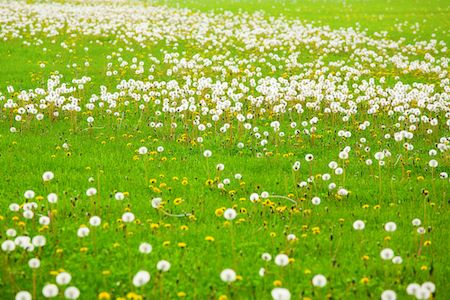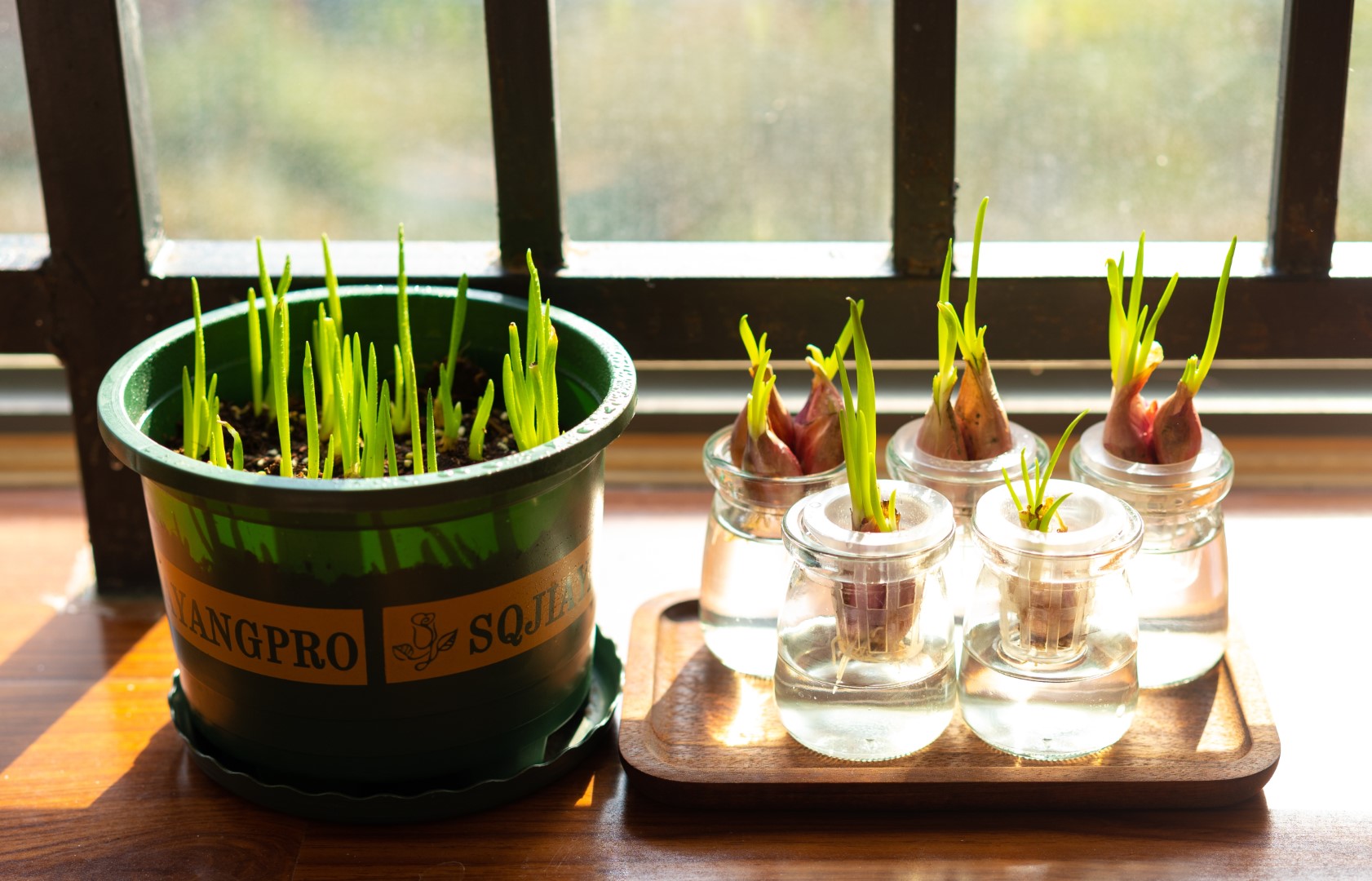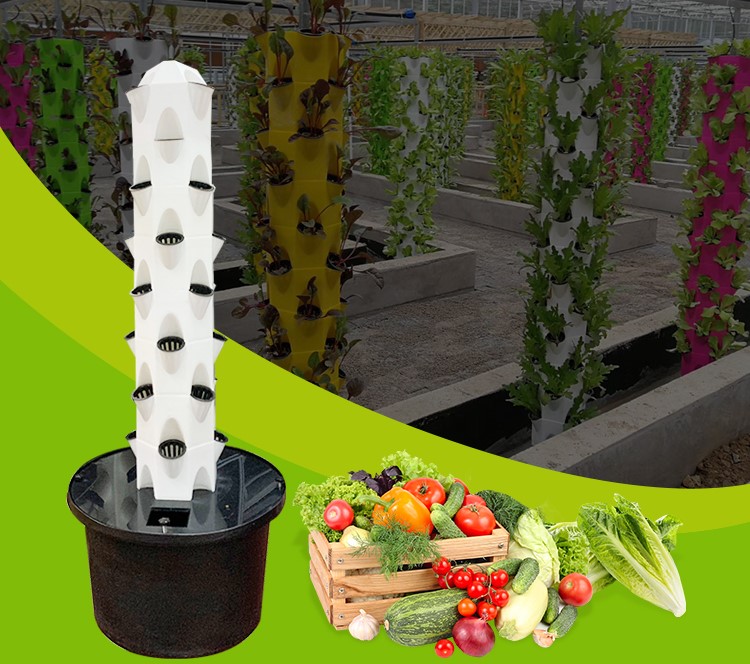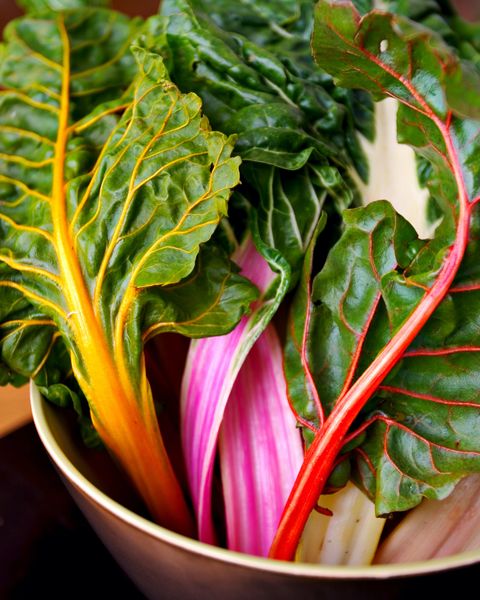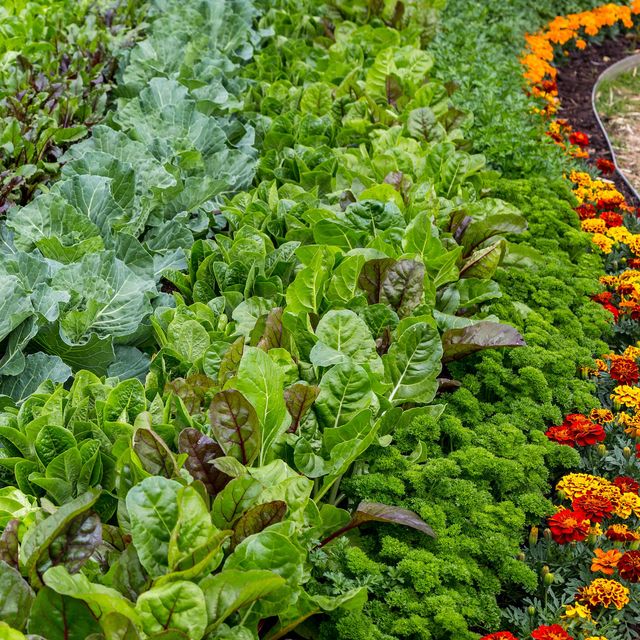Weeds and pests — every gardener’s mortal enemy! These can be some of the most aggravating opponents to fight, but luckily there are several safe methods in which you can be victorious without using harmful, toxic products. In this blog, we will explore some organic options that you can use confidently without negative impacts to your health or the environment.
Weed Management
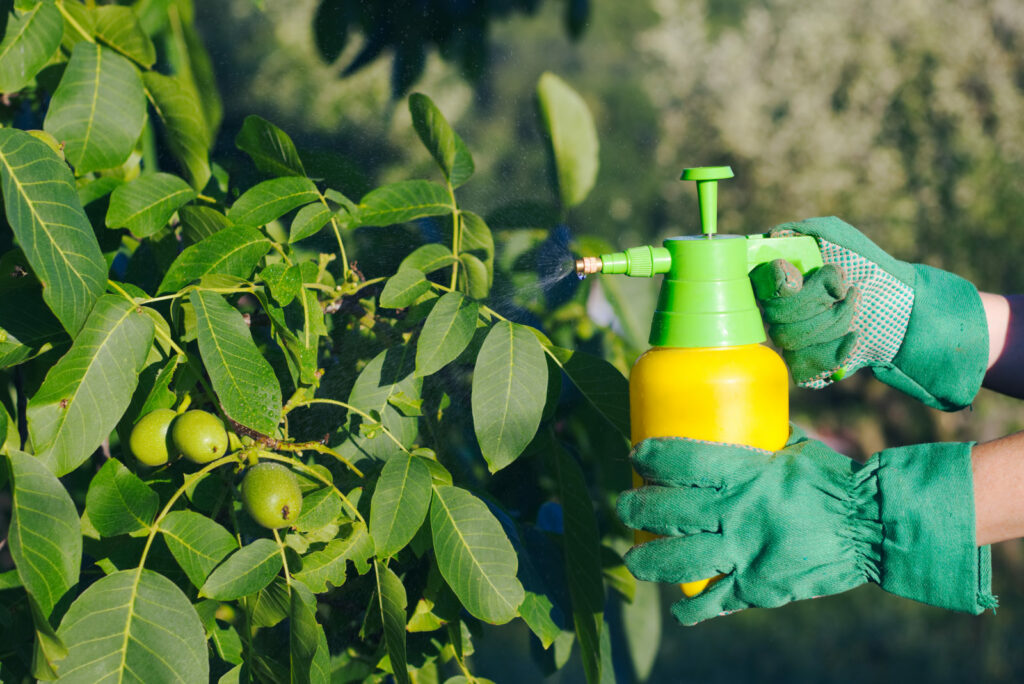
Pulling weeds may be challenging, and although it can be quite the chore, it’s hard to admit that it’s not one of the most effective methods of control, especially if they can be kept up with and removed on-sight when they’re small, if you’re able to catch them.
Some other (and less labor intensive), yet effective methods, especially for weeds that are more difficult to control are boiling water (pour directly onto any unwanted weeds or invasive plants), or homemade sprays. Many of these can be made using common household products you may already have in your cabinet.
- Make a spray with vinegar, dish soap and salt water:
- Pour 1 gallon of white vinegar into a bucket. Everyday 5% household white vinegar is fine for this recipe. You won’t need higher, more expensive concentrations such as 10 or 20 percent. It may take two or three days longer to kill the weeds with the lower concentration, but you will see results, and they will die.
- Add 1 cup of table salt. Stir the solution with a long-handled spoon or whisk until all the salt dissolves completely.
- Stir in 1 tablespoon of liquid dish soap or castile soap. This will act as a surfactant and make the vinegar mixture adhere to the leaves of the weeds more efficiently. Blend thoroughly.
- Funnel the mixture into a plastic spray bottle or pump sprayer.
- Soak the weeds with the solution on a dry, sunny day. Coat all surfaces liberally. Any plants soaked with this solution will die within several days. They shouldn’t return and most likely, nothing else will ever grow there.
- Funnel any leftover weed killer into an empty plastic container. Close tightly and be sure to label it clearly. Store in a cool, dark place.
- Make a rubbing alcohol solution: This approach works by robbing moisture from the weed’s foliage causing it to die off. Use one quart of water to dilute every two tablespoons of rubbing alcohol. Mix the solution in a spray bottle or pump sprayer for ease of use. Just as you would with vinegar, apply on a sunny day, and spray directly onto the weeds, being careful to keep it away from other plants you don’t wish to vanquish.
- Propane Torch: Perhaps a final, desperate-lengths measure to rid your space of weeds for good, consider investing in a propane torch or a flame weeder (a special nozzle that attaches to a small propane tank). Similar to the way boiling water kills weeds—roots and all—the same effect is applied in this method. There are a variety of long-handled torches available that are made specifically for this purpose. Naturally, you should use extreme caution when using this tool, especially on windy days, in dry conditions, or brushy areas. (WARNING: Safety precautions should be taken seriously when using boiling water or a propane torch to kill weeds. Severe burns can occur. Never use these methods when children or pets are present.)
Pest Control & Prevention
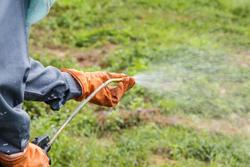
As we continue to learn more about the harmful effects of traditional pest control practices such as the use of glyphosphate, many gardeners are turning to safer, more eco-friendly ways to keep the weeds and “bad bugs” under control. These organic practices are effective and will help protect the environment and your family’s health.
- Insecticidal Soap: Insecticidal soap can be a life saver if your garden has a sudden infestation of soft-bodied insects like aphids, whiteflies, and spider mites. This application works by using fatty acids to break down the protective cuticles of the insect so that it becomes dehydrated and dies. The soap must come in direct contact with the insect to work effectively. There is no residual effect with this approach and you will need to treat your plants every five to seven days, as new hatches occur. When applying insecticidal soap, completely wet the leaves on both sides. It is important to remember that soaps can cause leaf burn, so be sure to test each type of plant carefully before applying it to your entire growing space. These soaps are usually very concentrated and will need to be diluted into a spray bottle or pump sprayer. Once the insecticidal soap has been diluted it will only be effective for a few days, so you should only mix up one application at a time.
- Beneficial Insects: Did you know that some insects are good for plants? It’s true — there are several species of “good bugs” that feast on pests that would otherwise devour your precious plants!
Beneficial insects fall into three main categories:
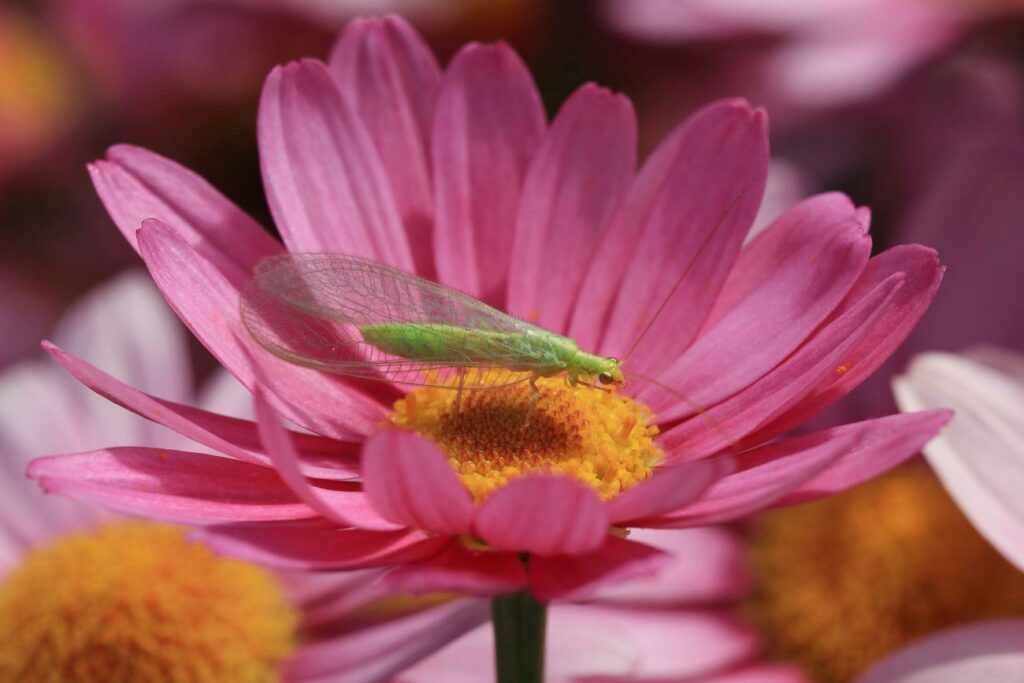
- Pollinators: We depend on these insects, such as bees and butterflies, to pollinate our garden’s flowers.
- Predators: These insects eliminate pests by consuming them. Ladybugs, Praying Mantis, and Green Lacewing larvae all fall into this category.
- Parasitizers: Like predators, parasitizers also prey upon other insects, but in a slightly different way. They lay their eggs on or in the bad bugs, and when they hatch, the larvae feed on the host insects. Parasitic wasps are the main member of this category.
Beneficial Insects to Consider
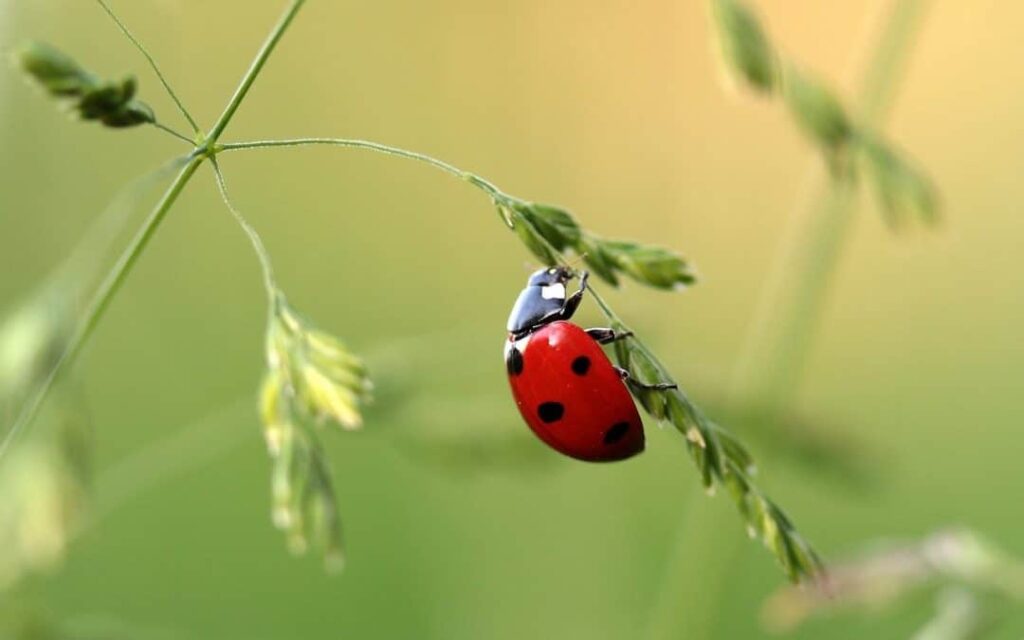
- Ladybugs: A must for any organic gardener or farmer! Don’t let their harmless, cute appearance deceive you, Ladybugs will devour pests such as aphids, mealybugs, mites, whiteflies and more. They also lay their eggs among the aphids or other nuisances, which allows the emerging larvae to feed on any unwelcome insects in your garden.
- Green Lacewings: Adult green lacewings feed on pollen and nectar and lay their eggs in infested pest colonies. They prey on soft-bodied garden pests such as Mealybugs, Thrips, Spider Mites, Whiteflies, Caterpillars and Aphids. During the 2-3 weeks before becoming adults, the Green Lacewing larvae will consume 200-300 aphids each.
- Praying Mantis: These guys will make short work of any grasshopper trouble you might be encountering; they are the ultimate predator and will also hunt several other insect pests that terrorize your gardens, including moths, beetles, and flies. Note, however, that Praying Mantis are ruthless and will also eat any insect they can capture, including other beneficials, like butterflies, bees, and hummingbirds—and even each other! However, they will usually avoid eating Ladybugs, which they dislike the taste of.
- Beneficial Nematodes: Beneficial Nematodes are microscopic worms that seek out and destroy over 200+ types of soil-dwelling pests. Each species of Nematodes prefer a specific prey, although they will attack and parasitize mostly any form of pest, which makes them a top choice for protecting your garden. Nematodes actively hunt for insect larvae, entering through natural body openings. Once inside the larvae, the nematode excretes bacteria from its digestive tract before it starts to feed and multiply. Within a few days the pest will change color and die. The nematodes multiply and develop within the dying insect, before leaving the old host to hunt for more pests. As the number of pests decrease, so will the nematode population. For this reason, seasonal releases are recommended.
Another way to control garden pests organically is by making a Garlic Pepper Spray, which can be a very effective method for repelling potato bugs, ants, grubs and many other small pests. You can also spray this mixture around the perimeter of your garden to keep groundhogs, rabbits, deer and other small animals away.
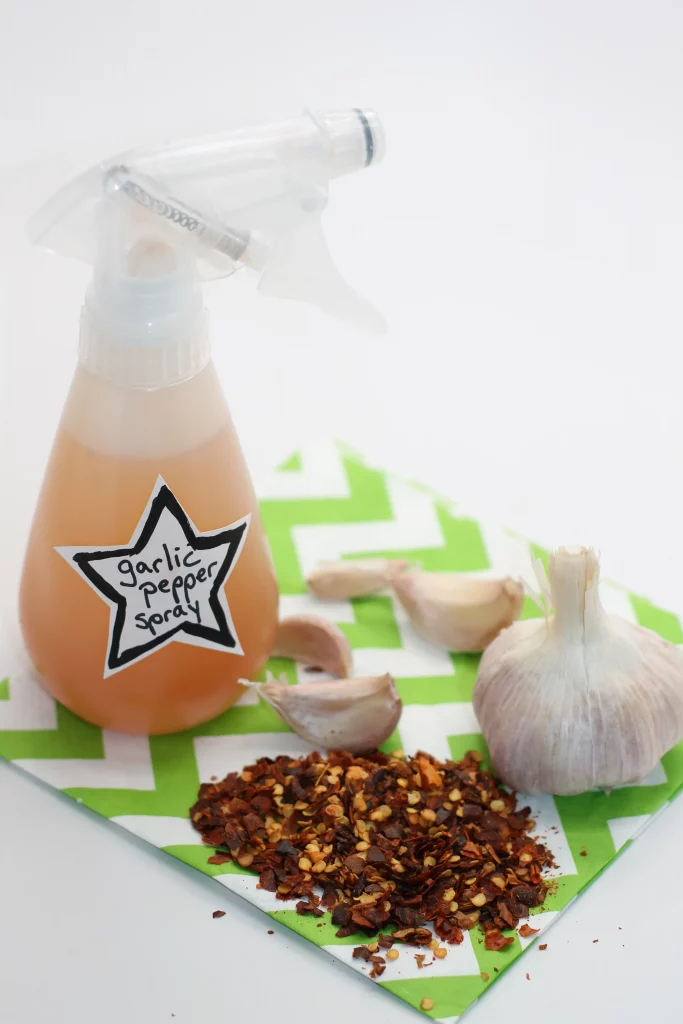
Garlic Pepper Pest Control Spray Recipe:
2 garlic bulbs, chopped
6 hot red chili peppers, finely chopped
1 onion
2 tablespoons vegetable oil or mineral oil (not olive oil)
2 tablespoons liquid dish soap
2 cups of hot water
Place the chopped garlic bulbs, chopped chili peppers and 2 cups of water into a blender or food processor and combine ingredients until smooth. Place the mixture into a large glass container and let steep overnight (or longer) in the refrigerator. Pour ingredients through cheesecloth or a clean dish towel, add soap and oil. Stir until combined.
Add ¼ Cup of prepared mixture to Quart spray bottle.
Lightly spray the mixture on and around your garden plants.
Wash all produce extra carefully when harvesting if garlic/pepper spray was applied.
Organic Pest Controls Protect Your Health & The Environment
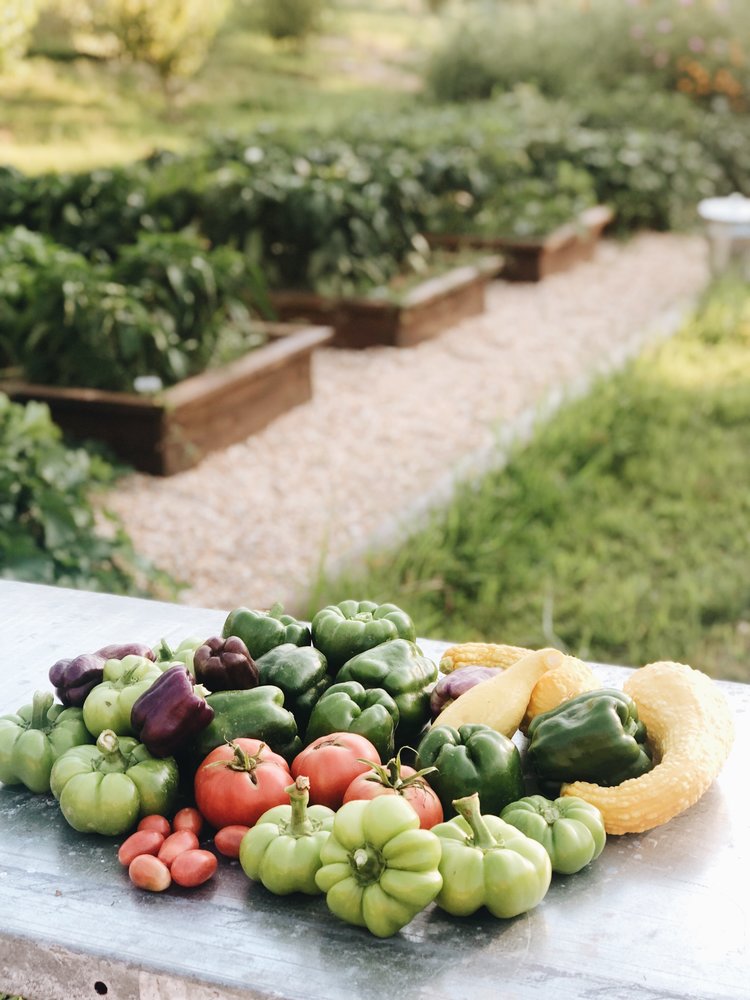
The reason we eat organic food and grow organic gardens is to avoid ingesting toxic pesticides and herbicides that harm our health and the environment. Organic gardening practices are a very safe and effective option for keeping damaging weeds and insects from taking over your garden. Increasingly, more people are becoming aware of and opting for these environmentally friendlier options that often have comparable results to their synthetic equivalents. With just a few small changes, you too can create a beautiful, healthy garden and in return, Mother Earth will thank you for efforts. We hope these less invasive approaches help you along the way this season, and for many more to come.
As always, thank you for reading, and Happy Growing!

